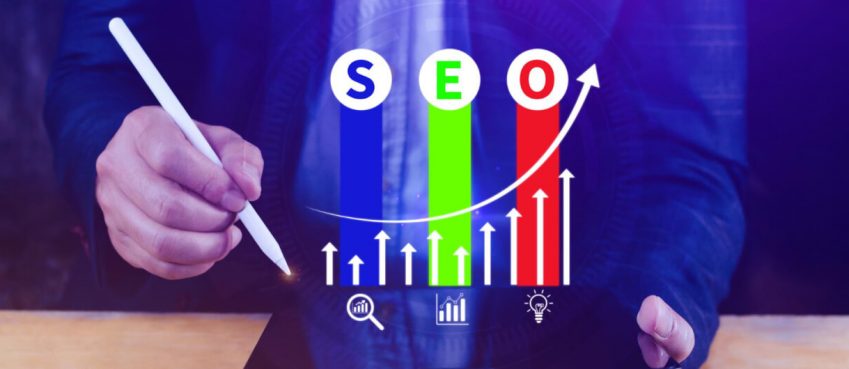
More organizations are moving and restructuring their technology ecosystems to facilitate seamless communication with services that are not hosted on their local network. All publicly accessible assets that customers and employees have access to when interacting with a business online, whether owned and controlled by a company or a third party, are part of the organization’s online ecosystem. This represents the external attack surface of your organization.
Organizations that place their cyber vulnerability and attack surface visibility, understand that their external attack surface needs to be managed as much as the internal attack surface. External attack surface management has become an industry standard and a necessity for a strong cyber security posture.
Building Blocks of Your External Attack Surface
An organization’s external attack surface typically consists of all Internet-connected applications and services accessible over the Internet and is significantly different from all internally-connected applications and tools.
Organizations have many reasons for deploying Internet-connected applications. These applications and services may be a prerequisite for interacting with customers and partners. Otherwise, it might be a requirement for employees working from remote, office, locations. Examples of this are remote desktops and virtual private networks.
Examples of Internet-facing applications include web applications, APIs, SSH servers, VPN gateways, cloud services, Internet-facing firewalls, or other remote access capabilities intentionally or accidentally placed on Internet-facing servers. there is a service. Internet-connected assets can be on-premises, in the cloud, or on any combination of hosted, managed, or virtualized infrastructure.
Also read: How To Fix “Apple Watch Not Updating” Issue + 5 Troubleshooting Tips To Try!Introducing External Attack Surface Management
Simply put, external attack surface management (EASM) refers to the processes, technologies, and professional services used to identify these external-facing corporate assets and systems that may be vulnerable to cyber-attacks.
EASM solutions are typically used to automate the discovery of all downstream services your business is exposed to. In many cases, these can be third-party partners. Because they are potentially vulnerable to attack, they can pose real and significant risks to your organization.
MITER ATT&CK catalogs the most commonly used techniques for all forms of cyber vulnerabilities, including exploits in publicly available applications. According to MITER ATT&CK Johan suggests a variety of countermeasures, including regular software patching, exploit prevention, and vulnerability scanning. The goal of external attack surface management is to determine the best way to secure your network and prevent your data from being misused. Without knowing your external attack surface and the data they can access; you cannot effectively map your attack surface. Without this knowledge, you cannot accurately manage risk and protect your business.
External Attack Surface Management Best Practices
Protecting their external attack surface gives organizations control over their cybersecurity posture. To prevent network vulnerabilities from being exploited by malicious actors, you can follow these best practices:
- Regularly scan your external facing applications and system services for security vulnerabilities. Automated EASM tools will allow security teams to analyze real-time reports and immediately address security issues that are discovered.
- Limit an attacker’s level of access in a compromised application by applying the principle of least privilege to service accounts. Services and APIs can be implemented easily, developers do however need to take responsibility for the secure configuration of these services.
- Regularly update your applications and machine software to the latest versions to prevent intruders. Security patches and updates for development platforms and libraries are made available to developers frequently. A responsible organization will always ensure that its tools and plugins are up to date. Not doing this might put both the organization and its partners and clients in danger.
- Your online presence is dynamic and constantly changing. Partners and vendors change servers and update links, but organizations have no way of knowing when those changes will occur. By implementing an automated solution these external links can routinely be investigated. Your external attack surface will overlap with that of your partners. Online tools will go a long way in securing your organization.
In Conclusion
Because of the potential damage, a cyberattack can pose, many organizations are incorporating EASM into their enterprise risk management efforts. As a result, rather than addressing the issues on an ad hoc basis, security teams are taking a more proactive approach to strategically managing known and unknown risks, vulnerabilities, and exposed assets.
Top 10 News
-
01
Top 10 Deep Learning Multimodal Models & Their Uses
Tuesday August 12, 2025
-
02
10 Google AI Mode Facts That Every SEOs Should Know (And Wha...
Friday July 4, 2025
-
03
Top 10 visionOS 26 Features & Announcement (With Video)
Thursday June 12, 2025
-
04
Top 10 Veo 3 AI Video Generators in 2025 (Compared & Te...
Tuesday June 10, 2025
-
05
Top 10 AI GPUs That Can Increase Work Productivity By 30% (W...
Wednesday May 28, 2025
-
06
[10 BEST] AI Influencer Generator Apps Trending Right Now
Monday March 17, 2025
-
07
The 10 Best Companies Providing Electric Fencing For Busines...
Tuesday March 11, 2025
-
08
Top 10 Social Security Fairness Act Benefits In 2025
Wednesday March 5, 2025
-
09
Top 10 AI Infrastructure Companies In The World
Tuesday February 11, 2025
-
10
What Are Top 10 Blood Thinners To Minimize Heart Disease?
Wednesday January 22, 2025







